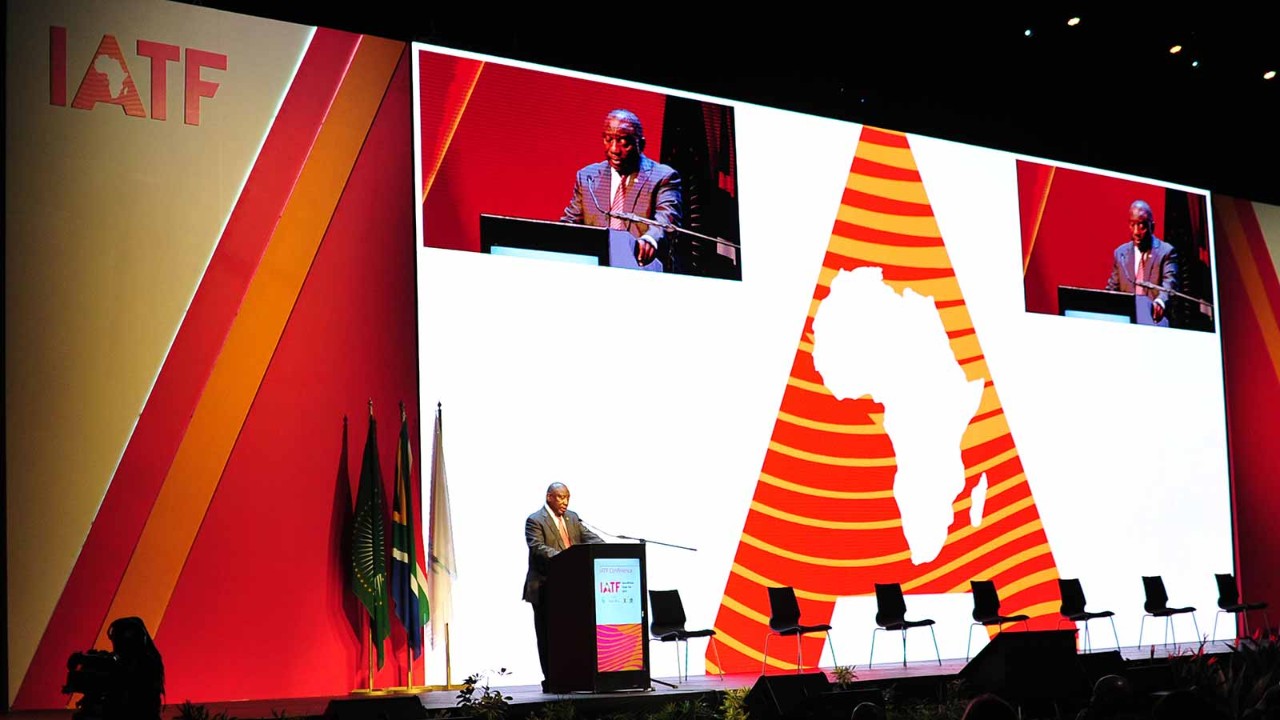
Trade between African countries has always been low relative to trade with other parts of the world. Most of Africa’s 54 nations have historically found it more profitable to trade with countries outside the continent than those within it.
This is for a variety of reasons, including trade routes established with Europe in the colonial days; the fact that the industrialised nations, none of which is African, have great need for the natural resources that African nations have to sell; and the fact that Africa has not been able to make many of the goods and services it consumes.
To change this narrative, the African Union created the African Continental Free Trade Agreement (AfCFTA) in 2018 (operational since January 2021). AfCFTA is an effort to liberalise, and therefore boost, intra-African trade.
One of the impediments to trade within Africa, and to a project like AfCFTA, is the fact that the continent has over 40 different national and regional currencies, few of which are convertible with other African currencies, not even those of their closest neighbours.
This means that to conduct trade in Africa, the US dollar, euro or British pound is brought into the mix, leading to higher transaction costs, which makes trade less profitable. Add in the issue of foreign exchange controls being imposed by some central banks on the continent, and the picture gets worse – a would-be intra-African trader just might be forced to look outside the continent.
Previous unions
Some African countries had formed monetary unions sharing a single currency to try to boost trade between themselves, among other benefits. One of these unions, the francophone West African Economic and Monetary Union (WAEMU), a bloc made up of eight countries, uses the West African CFA franc. Another, the six-nation Central African Economic and Monetary Community (CAEMC) uses the Central African CFA franc.
Though separate, both CFA franc currencies are interchangeable in practice. Used by francophone countries, they are pegged to the euro and backed by the French Treasury.

PAPSS has suddenly widened opportunity across the continent and is a huge boost to the AfCFTA initiative
How it works
Using the example of the Ghanaian trader and Zambian buyer given above, here is how the cross-currency transaction works under the PAPSS system.
On receipt of the kwacha payment, the Zambian bank passes it through the Zambian central bank via PAPSS to the Ghanaian one, which passes it on to the seller’s bank in cedis. This means that the two central banks must find a way to exchange currencies – kwacha to cedis in this case.
PAPSS provides a clearing system that allows the central banks to net payments against each other. Any net effects are then paid by the net-negative central bank in a common currency, probably the US dollar, to the net-positive one. This exchange is guaranteed by Afreximbank. Settlement is done within 24 hours. (I dream of a day when these net effects would be settled in an African currency acceptable to both parties, but this is a great start.)
These two currency unions have helped boost trade between francophone nations in Africa but have had little effect on the larger intra-African trade. The rest of West Africa has a plan to launch a common currency, the eco, but this initiative has dragged on for a long time, with the launch date recently put back, for the umpteenth time, to 2027.
There are other such initiatives on the drawing board in East Africa and Southern Africa but none is yet to see the light of day. For intra-African trade to grow, the currency and payments problem must be solved and the Pan-African Payment and Settlement System (PAPSS) just might be that solution.
Enter PAPSS
PAPSS is a financial market infrastructure that facilitates payments and settlements across Africa. It is a technology-driven system created by the African Export Import Bank (Afreximbank). Formally launched in 2019, it connects central banks, payments system service providers, and other financial market intermediaries to enable instant payments across the continent.
This means that if, say, a Ghanaian trader sells goods and services to a Zambian buyer, she can invoice in Ghanaian cedis and the buyer can pay that invoice in Zambian kwacha. Neither of them needs to worry about the complexities of currency exchange that goes on behind the transaction, as this is handled within the PAPSS system by the two central banks, the commercial banks, and other intermediaries that may be involved. Even better is the fact that the payment is instant (a typical transaction takes 120 seconds). See the panel below for details.
Already in operation, with West Africa as pilot, PAPSS has suddenly widened the opportunity set across the continent and is a huge boost to the AfCFTA initiative. It is also a boost to the West African Capital Market Integration initiative (to harmonise the regulatory environment – and develop a common platform – for issuing, listing and trading financial securities across the region) and other such initiatives across other regions in Africa. Trade across the continent, whether in goods and services or in financial assets, has just been given a shot in the arm. It is our collective hope that it responds positively.
Further reading
Read more in AB about pan-Africa trade

